Peñaflor, a treasure on the banks of the Guadalquivir
Peñaflor is a small town full of great historical and architectural treasures. This town in the Vega del Guadalquivir region owes its splendour to the Roman period, when it was called Celti, and even minted its currency. Its rich historical heritage includes San Pedro Apóstol Parish Church, popularly known as ‘La Vega cathedral’. However, the cave houses in what used to be the Roman necropolis are the most striking elements. These caves were used as dwellings by some townspeople until the 19th century.
Take a stroll through its beautiful streets, lined with typical Andalusian houses with stately wrought-iron balconies. Ask about the legend of the white flower and the story of the Holy Martyrs to find out the origin of the town’s name. Enjoy its welcoming, cheerful people who will make your visit an unforgettable experience. Above all, do not miss the festivals, where popular enthusiasm and the best culinary traditions come together.
Getting to Peñaflor
If you go from Seville by car, take the N-IV until Carmona and switch to the A-457 to Lora del Río. Then take the C-431 until your destination.
There are several rail services from Santa Justa Station in Seville throughout the day. If you decide to travel by bus, go to Prado de San Sebastián Bus Station.
Getting around
The best way to enjoy Peñaflor is to stroll through its streets and discover its beautiful corners. Since it is a small town, you will not get tired walking around the historical quarter.
Reasons to visit
- Stroll through the Barrio de la Morería neighbourhood and admire the impressive remains of the ancient Roman city of Celti.
- Discover the house where Blas Infante, the ‘Father of Andalusia,’ got married and lived. It still preserves all its original architecture.
- Visit the Shrine to the Santos Mártires, the patron saints of Peñaflor, and find out about the legend from which the town gets its name.
- Do not miss the traditional Migas Contest in February. This eagerly awaited event has been taking place for more than ten years.
- Experience a different All Saints’ Day in Peñaflor. The locals spend the day together in the countryside, enjoying the excellent local cuisine.
- Sample traditional local dishes in any restaurant, including the popular conejo empanado. You will love it!
What to see
Start your tour at Barrio de la Morería in the centre of town. You can visit here the Casas Cuevas Archaeological Site in what was the necropolis of the Roman city of Celti. The caves, formerly tombs, were later used as dwellings. Indeed, they still preserve the stoves used for cooking. Continue through the neighbourhood to the Almohad Castle ruins and Peñaflor’s main church, San Pedro Apóstol Church, known as ‘La Vega cathedral’. This parish church was rebuilt in the 18th century after the original Mudejar-style church was destroyed by the 1755 Lisbon earthquake.
Now head towards Calle Blancaflor, where the Shrine to the Santos Mártires, the town’s patron saints, is located. Inside the chapel is a Roman tomb excavated in the rock, where the bodies of San Críspulo and San Restituto rest. Both were martyred during the Arab invasion. The subsequent legend gave name to this town.
Continue strolling through Peñaflor’s beautiful streets and admire some baroque palaces, such as the old Casa Cuartel and the Casa Rectoral. You will also be amazed by how well the archaeological remains have been integrated into the street furniture, for instance, the southern corner of the old Pósito, now the Municipal Library; the bases of the columns in Calle Nueva; and part of an altar in Calle Concepción Ruiz. If you want to see a typical Andalusian house from the early 20th century, go to Calle Juan Carlos. You can visit the house where Blas Infante, the Father of Andalusia, was married and lived. He worked as a notary in Peñaflor at the time, fell in love, and married. The Blas Infante Bridal House preserves its original architecture and is currently a rural lodging.
Do not miss other places of interest including the Shrine to Our Lady of Encarnación, located next to the Celti Archaeological Site; the San Luis del Monte Convent, so-called because it was formerly located on the outskirts of the town; and the Villadiego Shrine, where the Peñaflor Pilgrimage takes place every August.
You may prefer doing a hiking route around the outskirts and discover the remains of Peñaflor Mines. Together with the old Flour Factory, these mines enabled the town’s economic growth in the early 20th century, making possible the coming of the railway.
Places to visit
- San Luis del Monte Convent
- Shrine to the Santos Mártires
- Shrine to Nuestra Señora de Villadiego
- Shrine to Nuestra Señora de la Encarnación
- San Pedro Apóstol Parish Church
- El Higuerón Ruins
- Celti Roman Archaeological Site
- Casas Cuevas Archaeological Site
- Almenara Castle (ruins)
- Peñaflor Castle (ruins)
- Toledillo Castle (on the outskirts and in ruins)
- Palace Homes
- Peñaflor Flour Factory (abandoned)
- 'La Preciosa' copper mine (remains)
- Blas Infante House, rural lodging
Surroundings
Peñaflor is about 77 kilometres from Seville, in the Vega Alta del Guadalquivir region. It is also on the foothills of Sierra Morena, bordering the province of Córdoba. On the outskirts, there is the Celti Roman archaeological site, declared a Site of Cultural Interest.


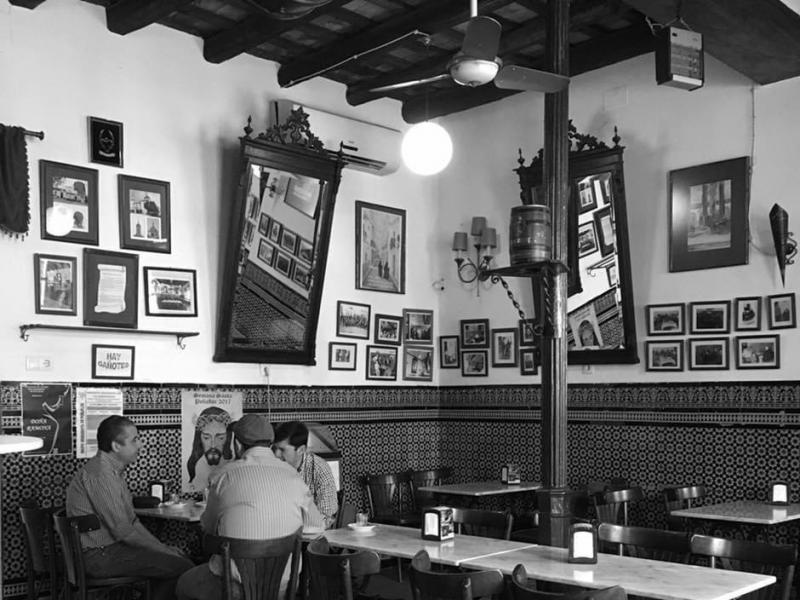
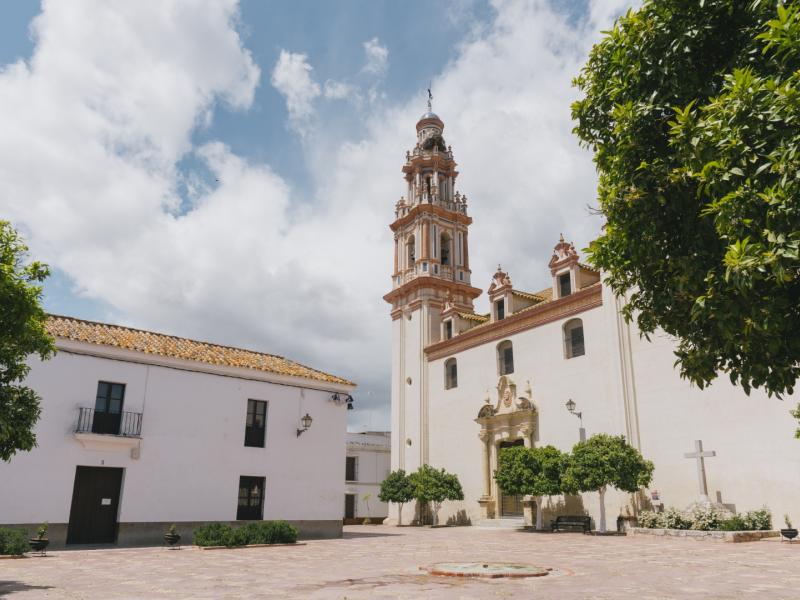
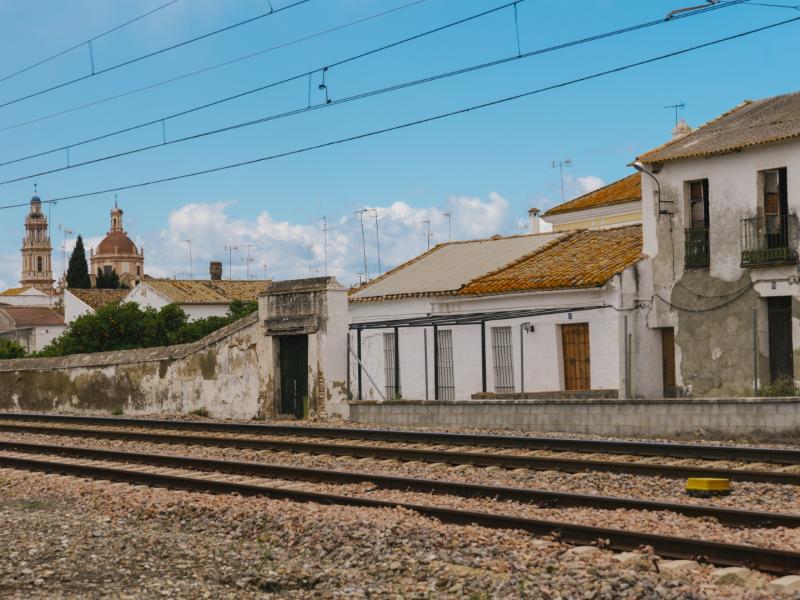
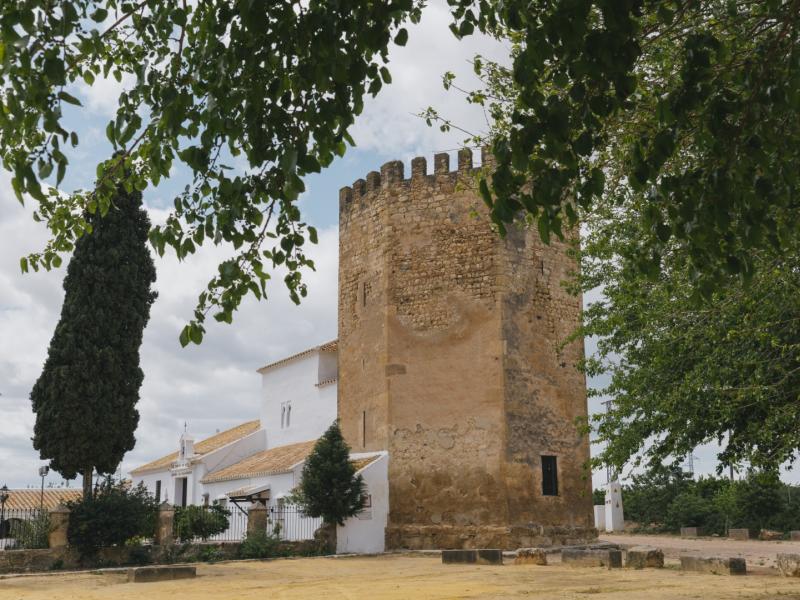
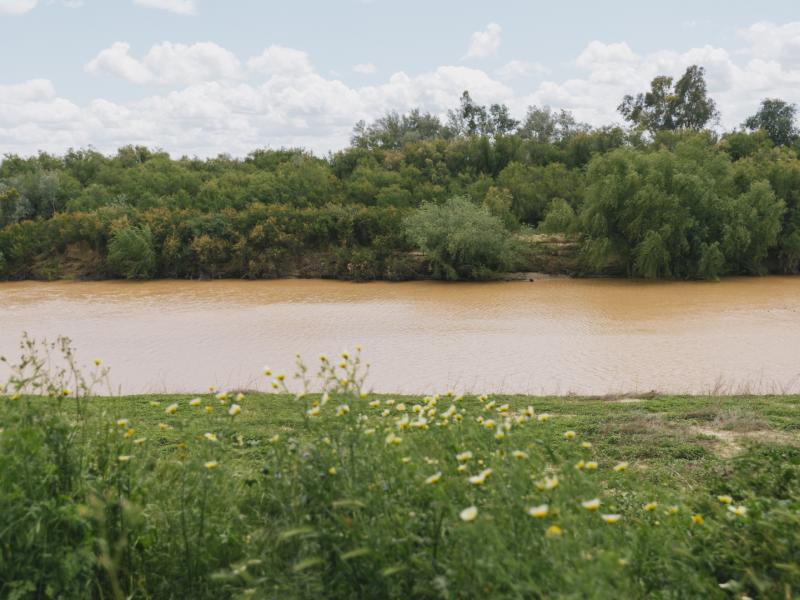
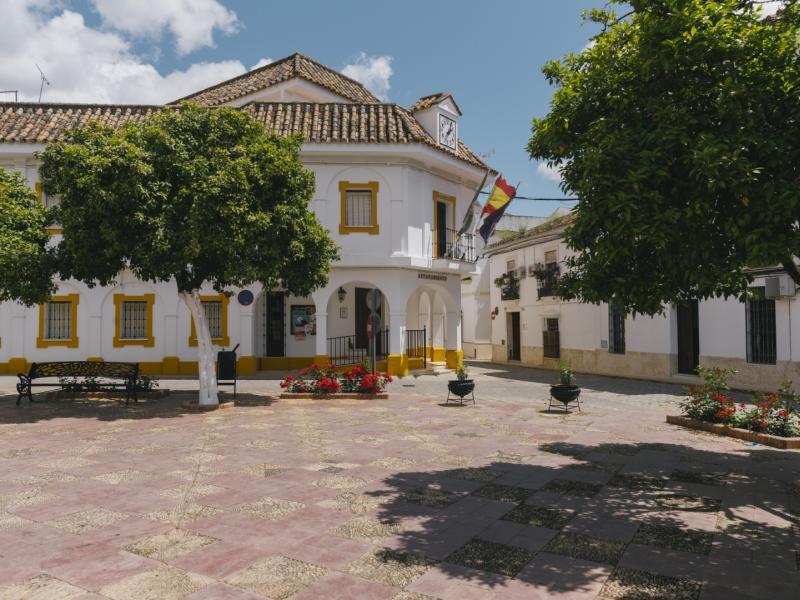
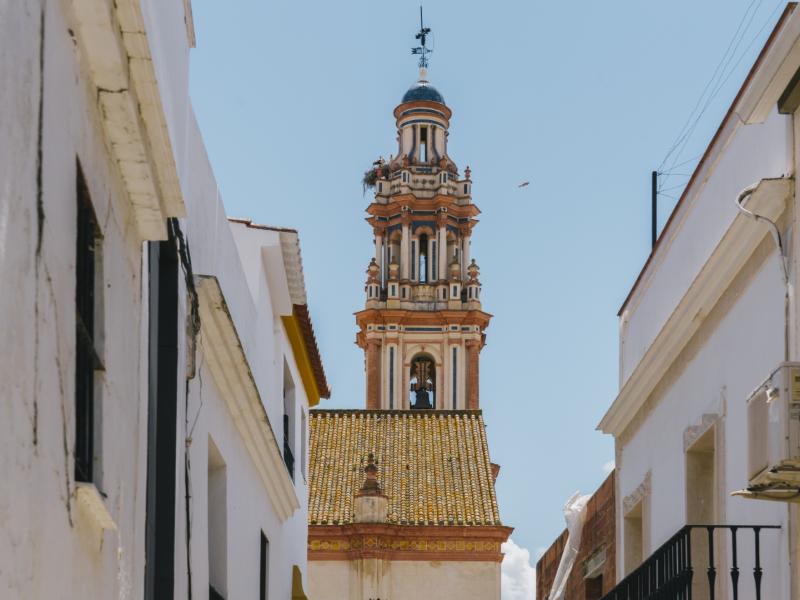
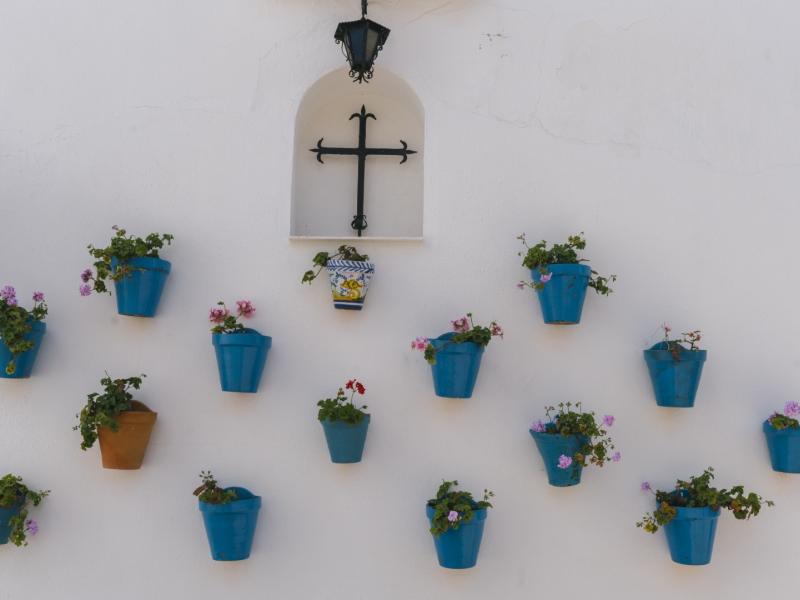
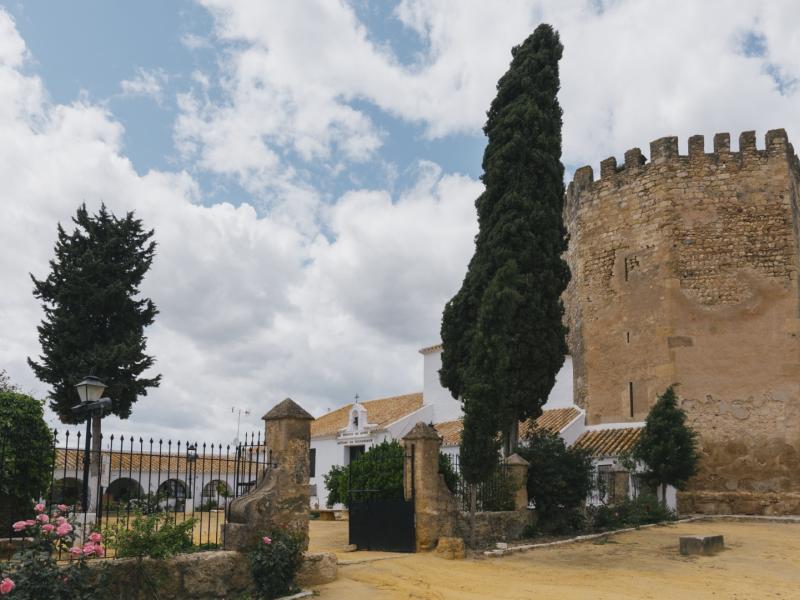
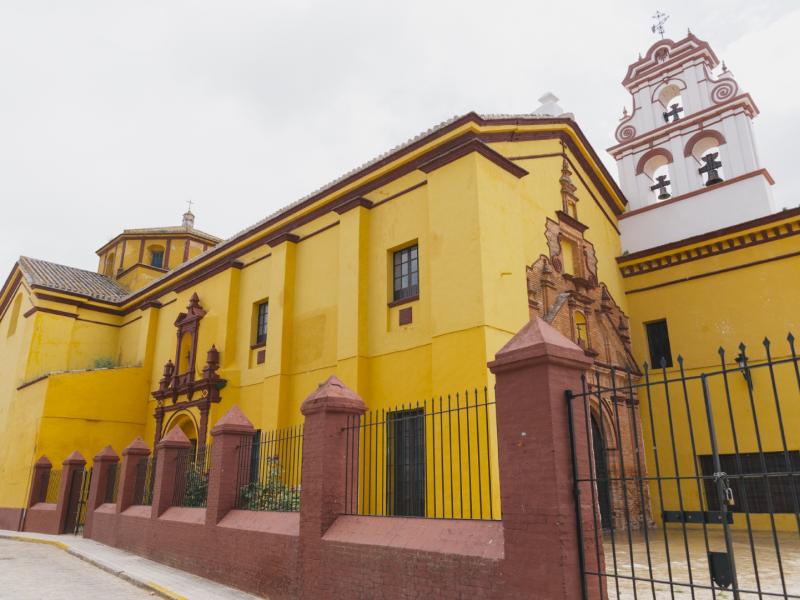
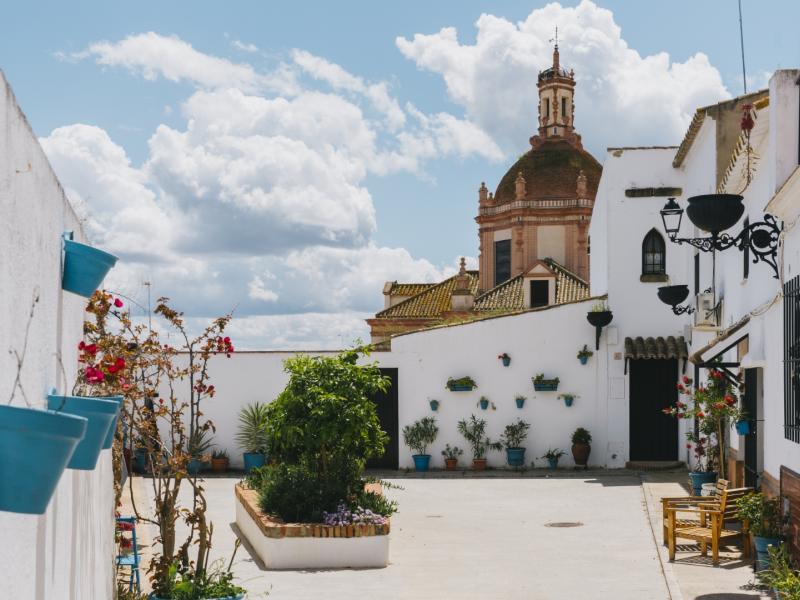
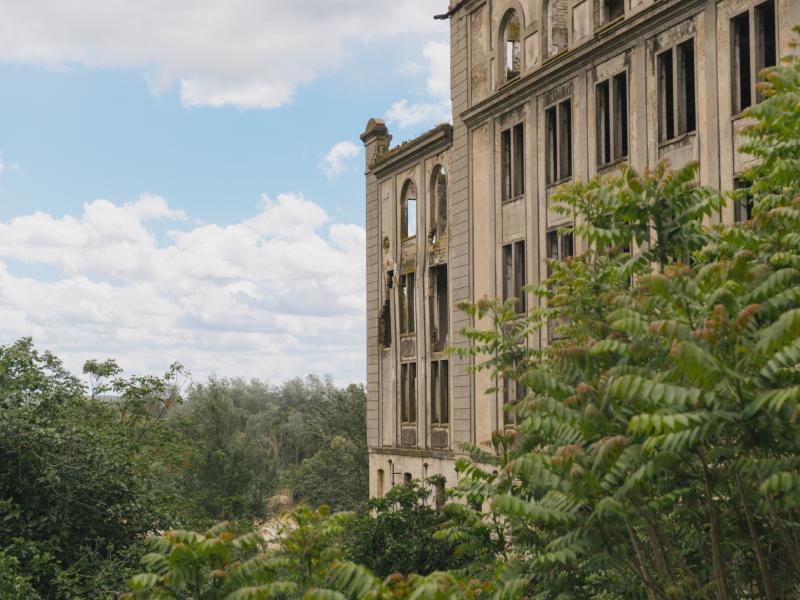
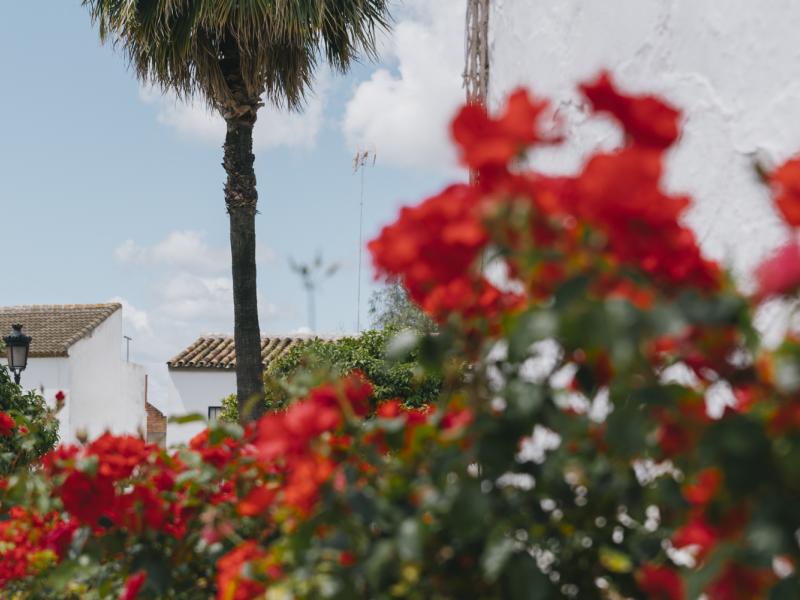
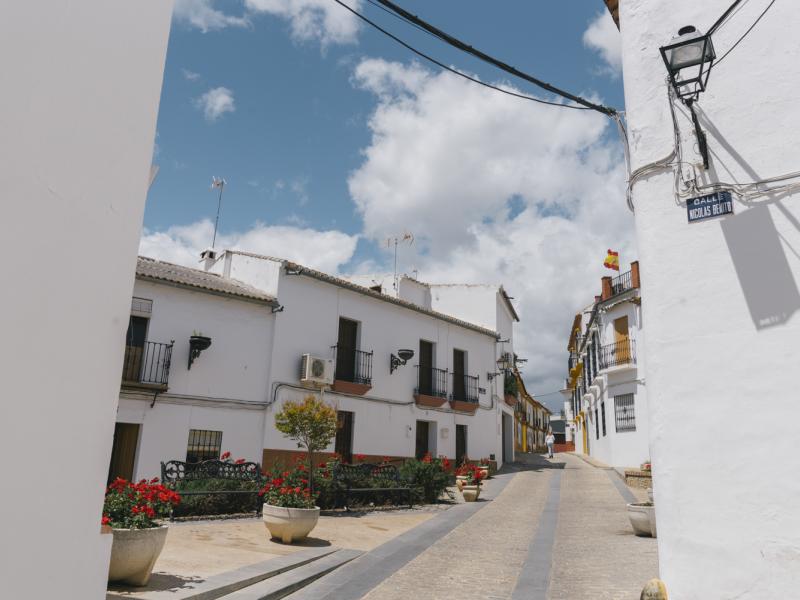
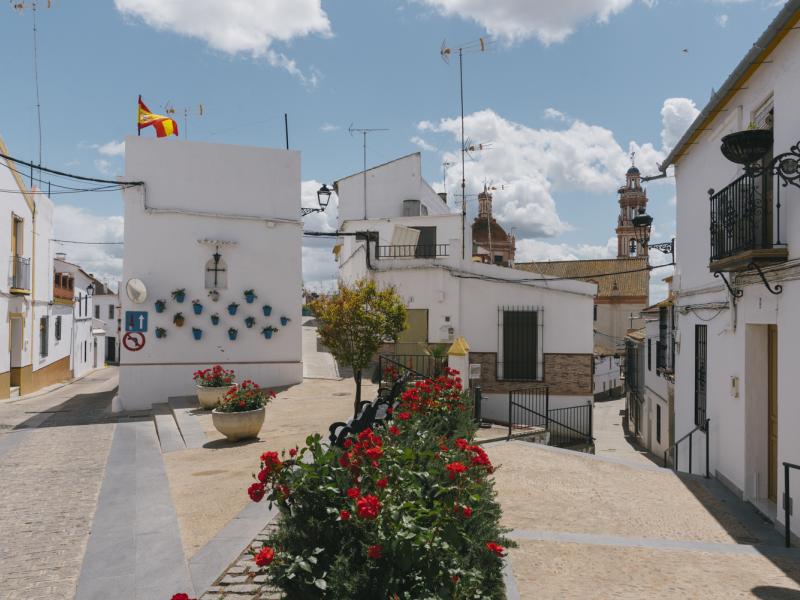
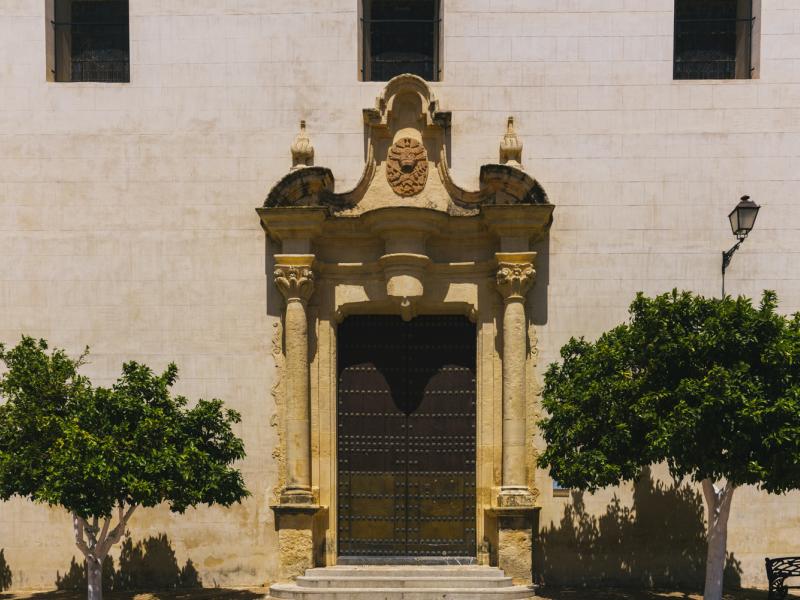
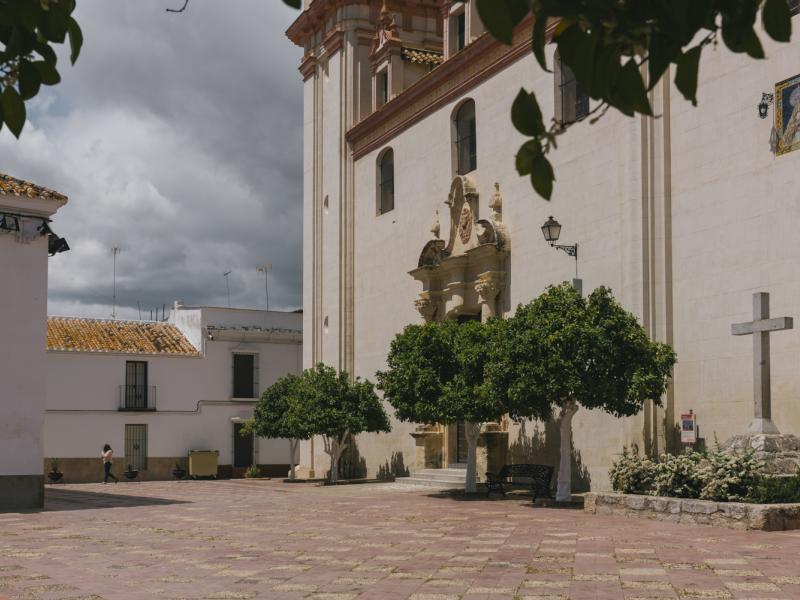
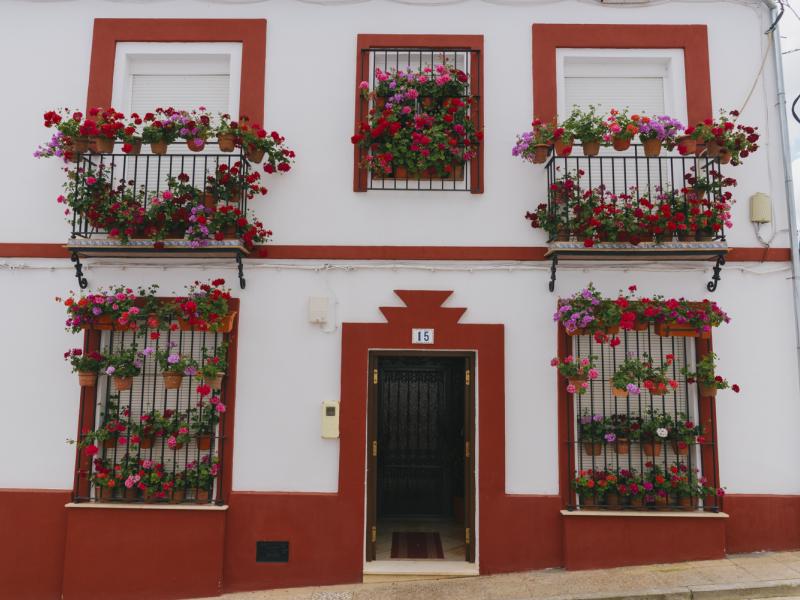
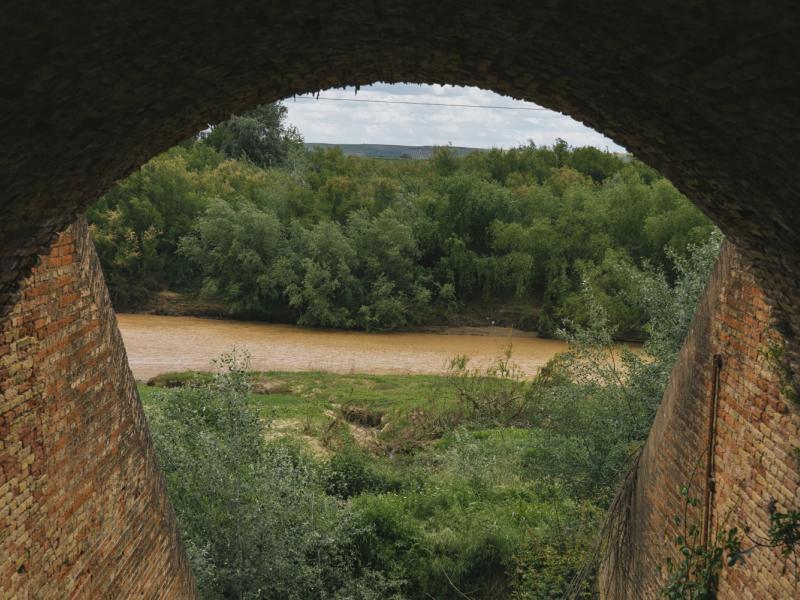
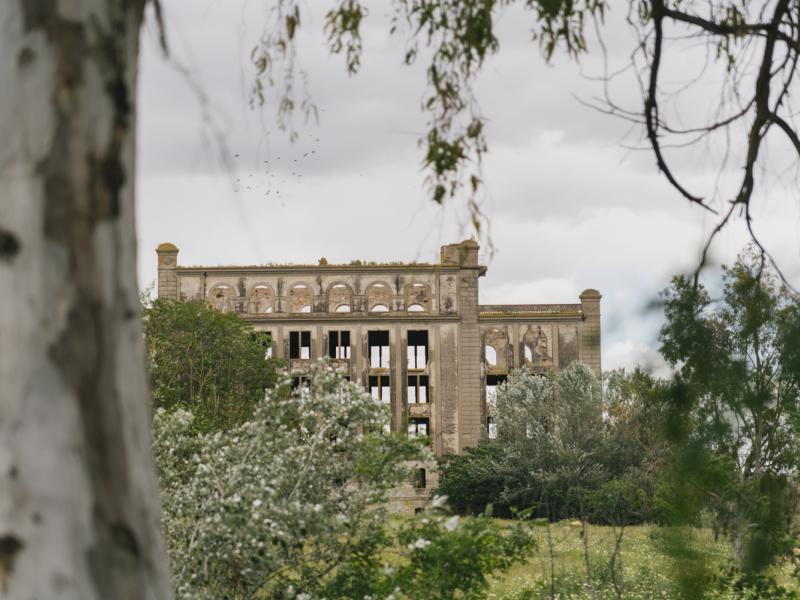
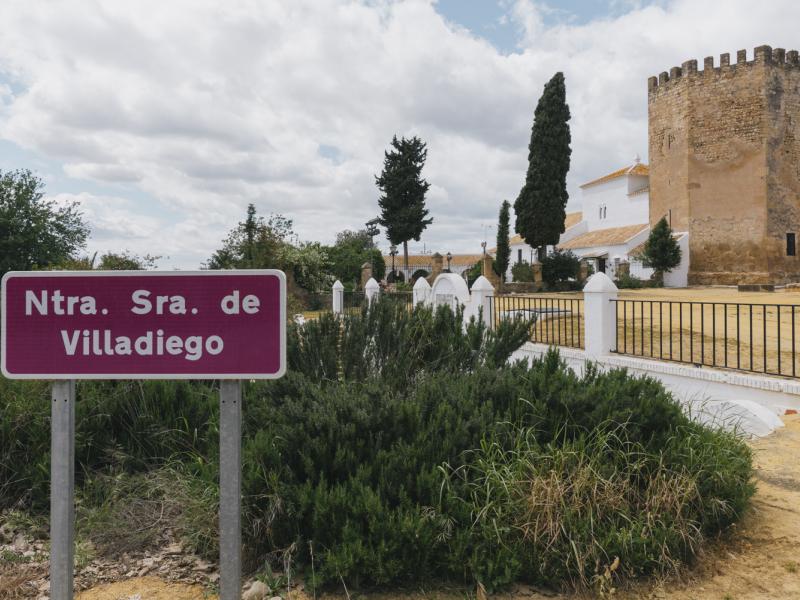
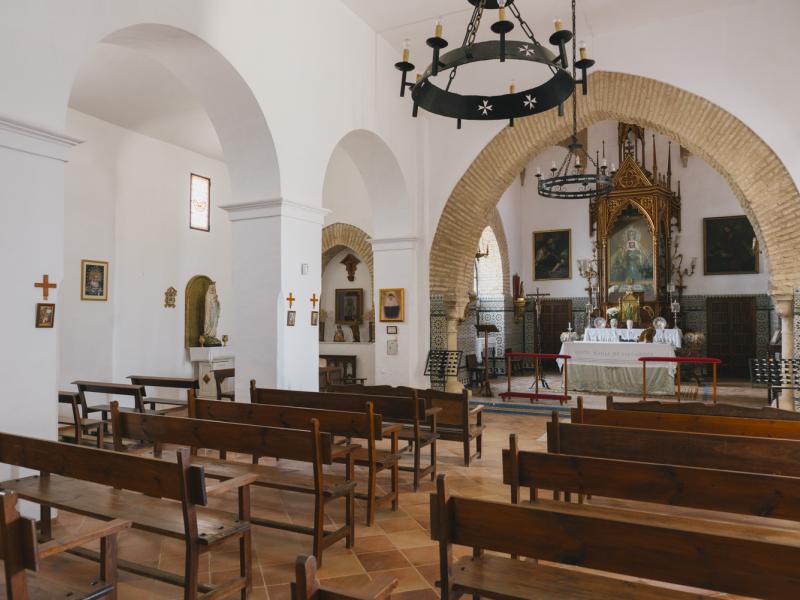
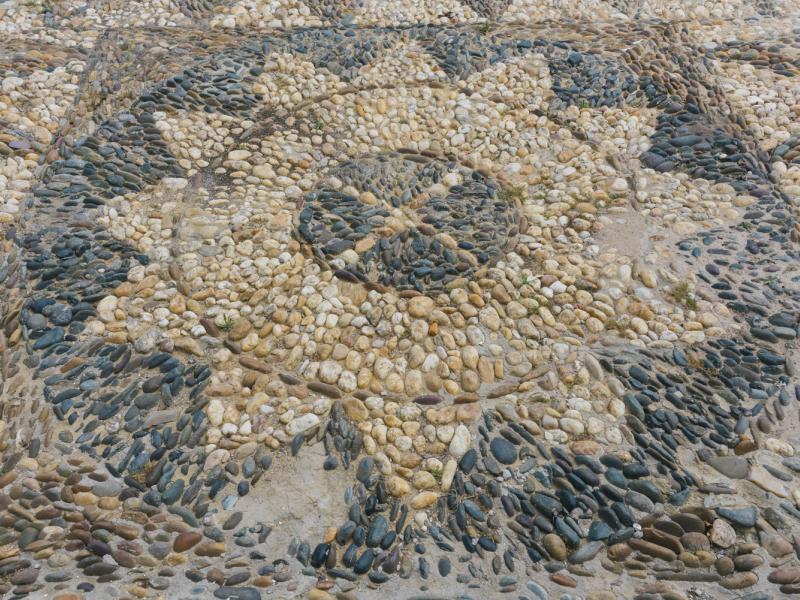
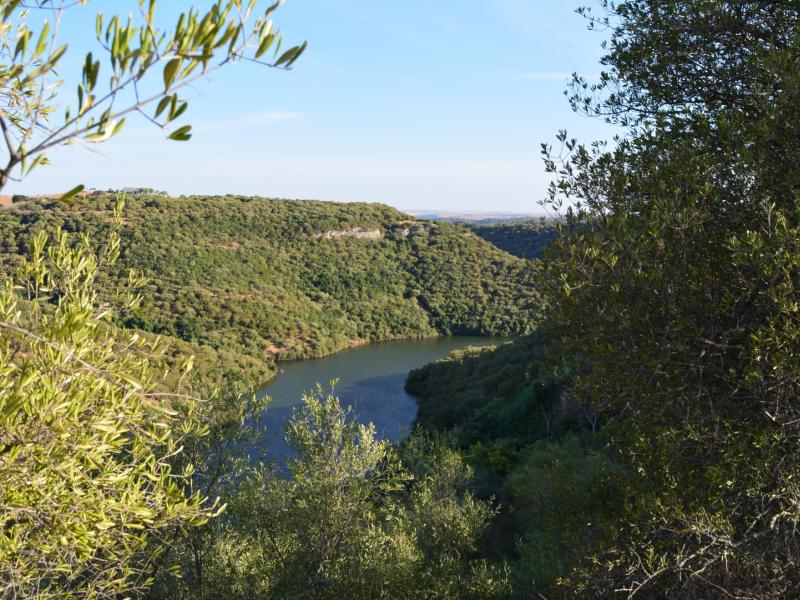
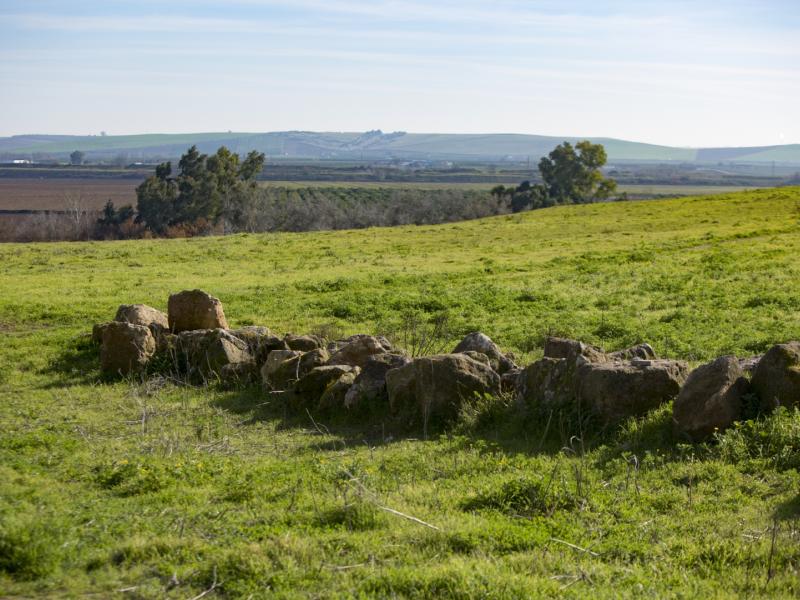
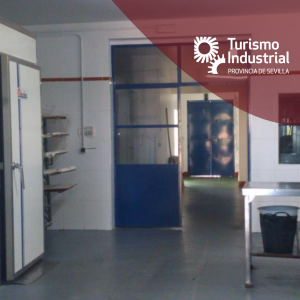
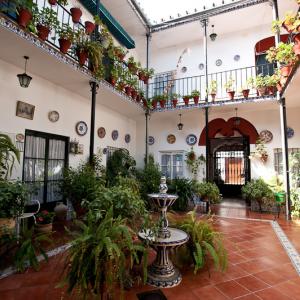
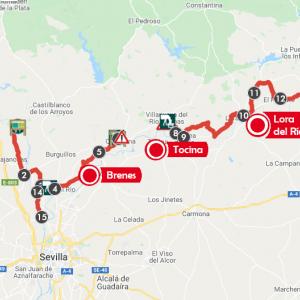
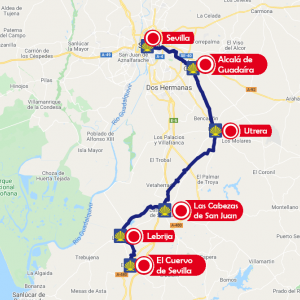
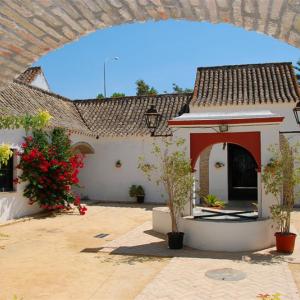
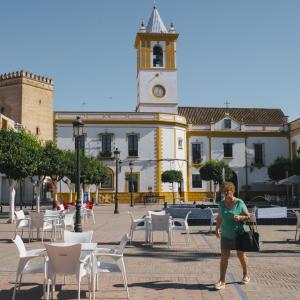
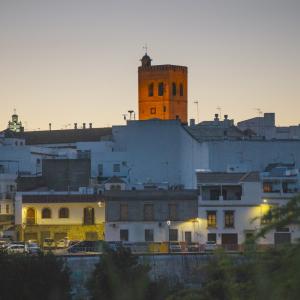
0 comments
New comment
The comments are moderated, so it takes a while to appear. If they contain offensive language they will not be published.